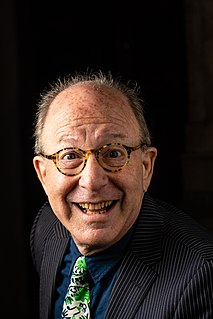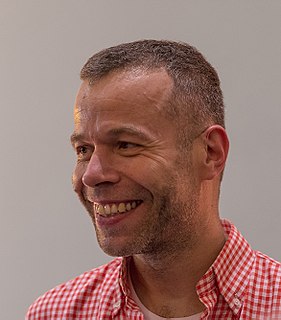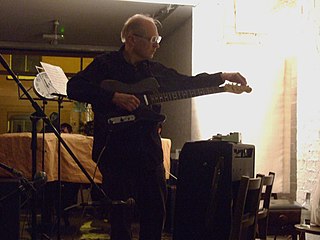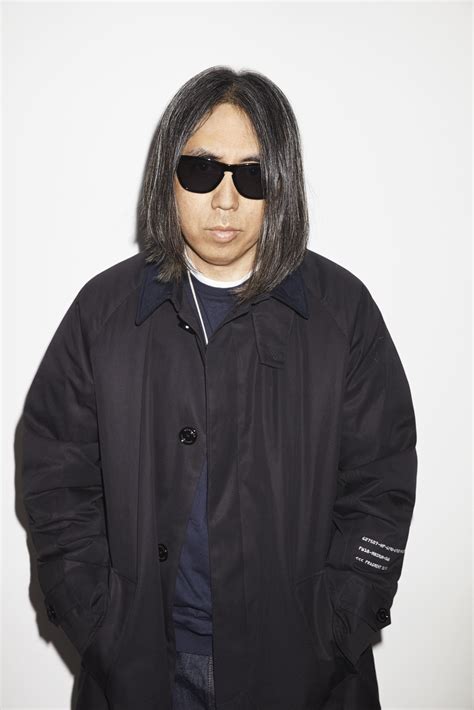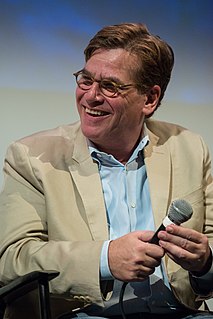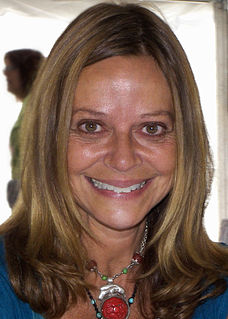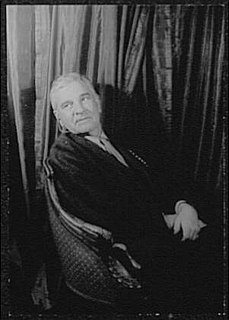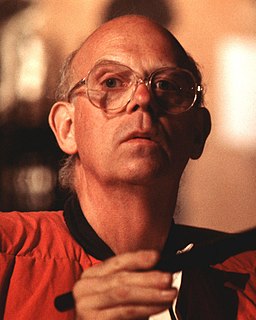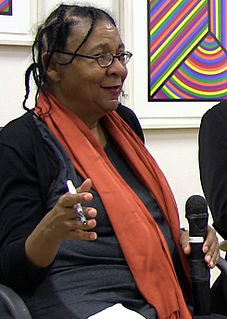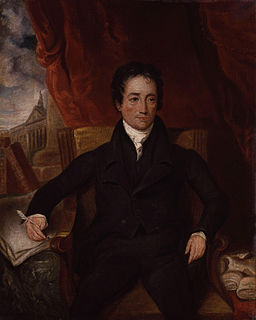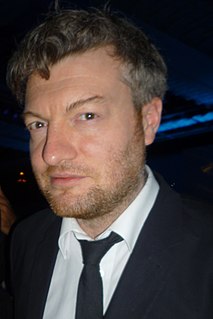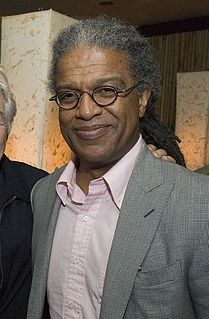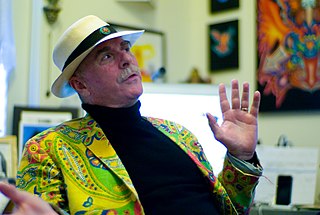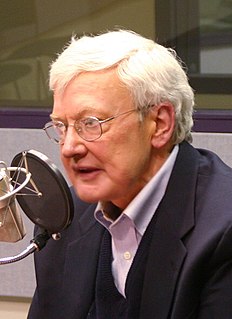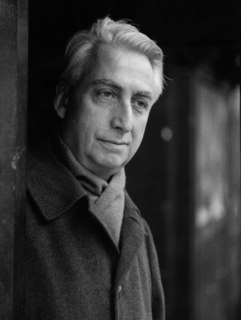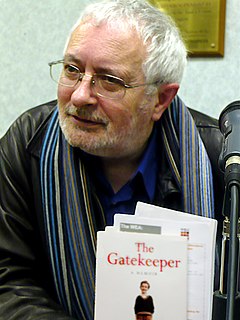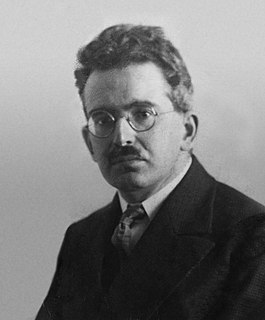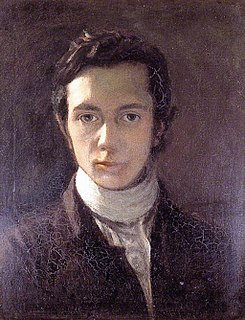A Quote by Jerry Saltz
Decades ago, Gerhard Richter found a painterly philosopher's stone. Like Jackson Pollock before him, he discovered something that had been in painting all along, always overlooked or discounted.
Related Quotes
I'd been asked by Takashi Murakami to collaborate on something, which was an honor for me. I was really pleased. And then he had me as a guest speaker on his radio show, and we were talking about art. I don't think he knew I was interested in the topic - he was really surprised to find out that I own some original Andy Warhol and Gerhard Richter and Jean-Michel Basquiat works. So, in some ways, I think he simply wanted to see what I have.
Not all paintings are abstract; they're not all Jackson Pollock. There's value in a photograph of a man alone on a boat at sea, and there is value in painting of a man alone on a boat at sea. In the painting, the painting has more freedom to express an idea, more latitude in being able to elicit certain emotion.
